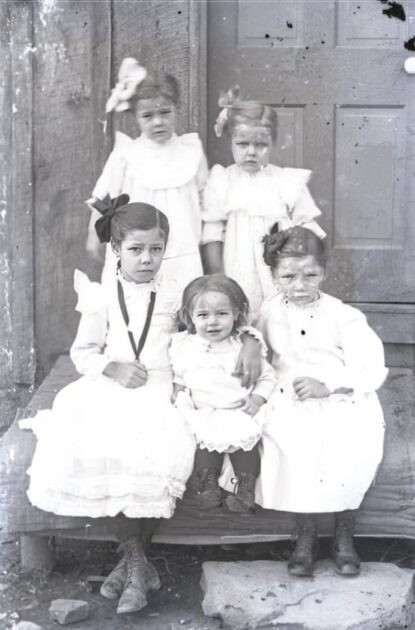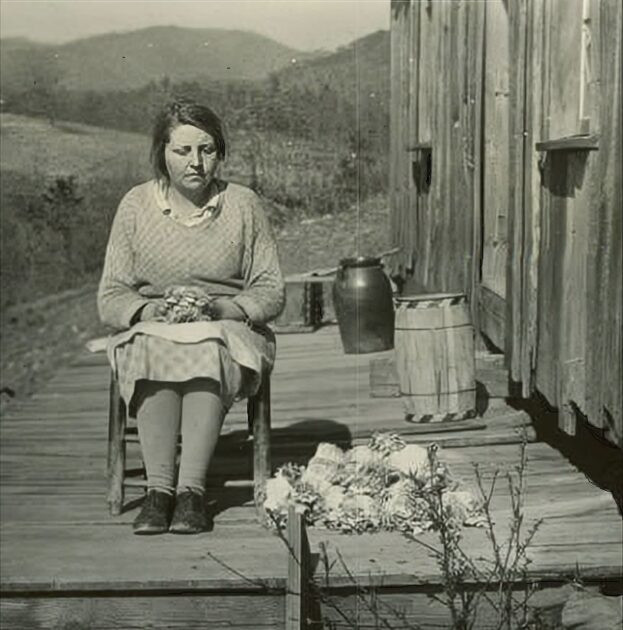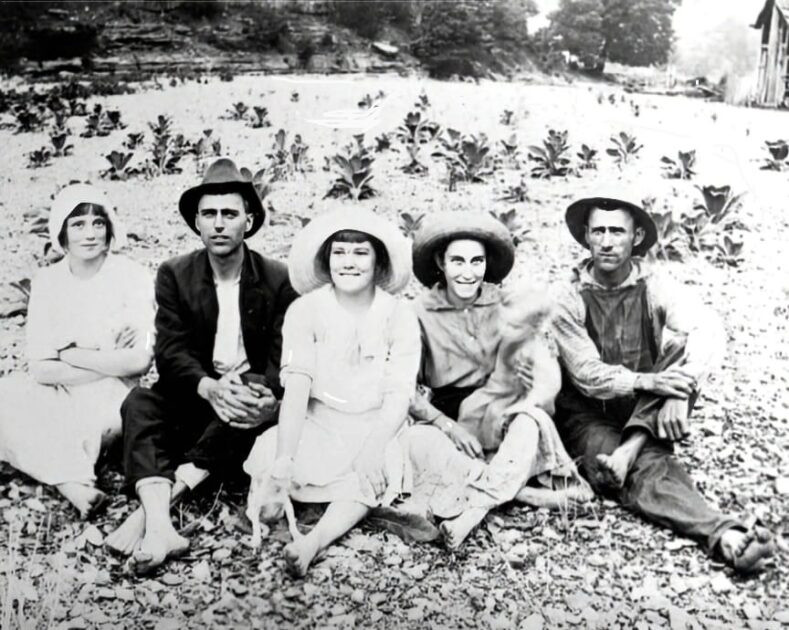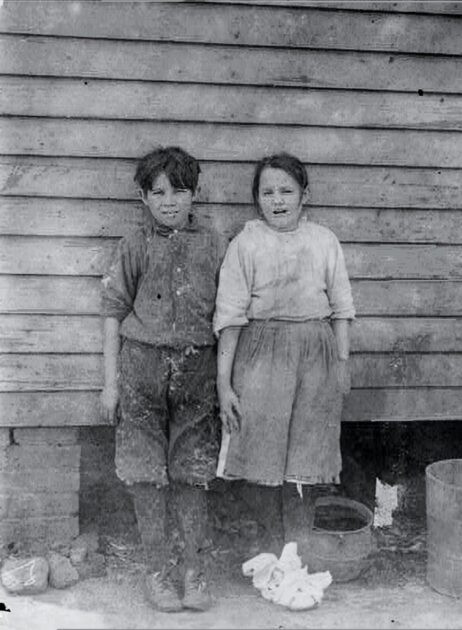When a woman walks by, men whistle (1959).
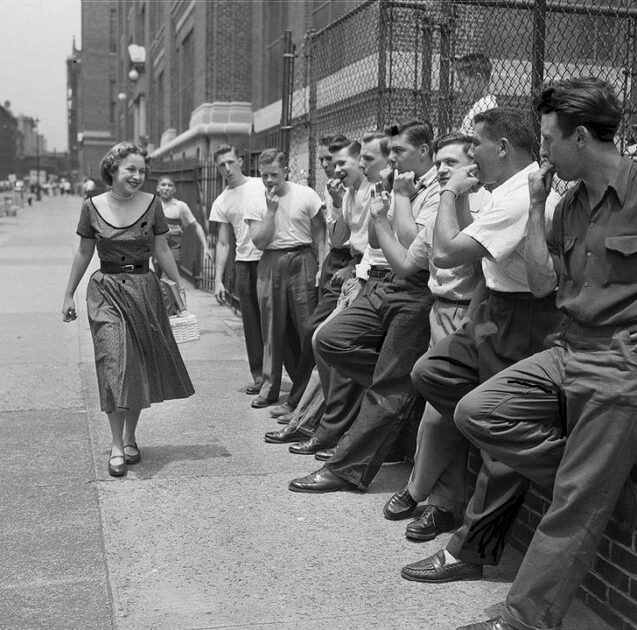
In the social tapestry of the late 1950s, one aspect stood out starkly: the phenomenon of men whistling when a woman walked by. It was a seemingly innocuous act, yet it carried layers of cultural significance and societal norms that reflected the attitudes towards women and gender dynamics of the era.
During this time, traditional gender roles were deeply entrenched in society. Women were often relegated to domestic spheres, expected to embody virtues of modesty, purity, and domesticity. Meanwhile, men were encouraged to assert their masculinity, often through displays of dominance and control. In such a context, the act of whistling at a passing woman can be seen as a manifestation of male entitlement and objectification.
For many men, whistling at women was viewed as a form of flattery or harmless flirtation. It was seen as a way to express admiration for a woman’s physical appearance or allure. However, the reality was far more complex. Behind the seemingly innocent whistle lay an undercurrent of power dynamics and gender inequality.
The act of whistling at women served to reinforce traditional gender roles and perpetuate the idea that women were objects to be admired and desired, rather than autonomous individuals deserving of respect. It reduced women to mere objects of male gaze, stripping away their humanity and agency in the process.
Moreover, whistling at women often created an uncomfortable or even threatening environment for women in public spaces. It could leave them feeling vulnerable, objectified, and disrespected. For many women, the experience of being whistled at was not flattering but rather degrading and humiliating.
Despite the social and cultural norms that normalized the practice, there were voices of dissent. Women’s rights activists and feminists of the era pushed back against the objectification of women and called for greater respect and equality. They highlighted the harmful effects of street harassment and challenged the notion that women’s worth should be determined by their physical appearance.
Over time, attitudes towards gender and sexuality have evolved, and the practice of whistling at women has become less socially acceptable. Today, there is a greater awareness of the impact of street harassment on women’s lives, and efforts are being made to combat it through education, advocacy, and legislative measures.
Looking back at the phenomenon of men whistling when a woman walked by in 1959, it serves as a poignant reminder of the pervasive influence of gender norms and the need for continued efforts to create a more equitable and respectful society for all. While the practice may have faded into obscurity, its legacy endures as a reminder of the enduring struggle for gender equality and dignity for all individuals, regardless of gender.
